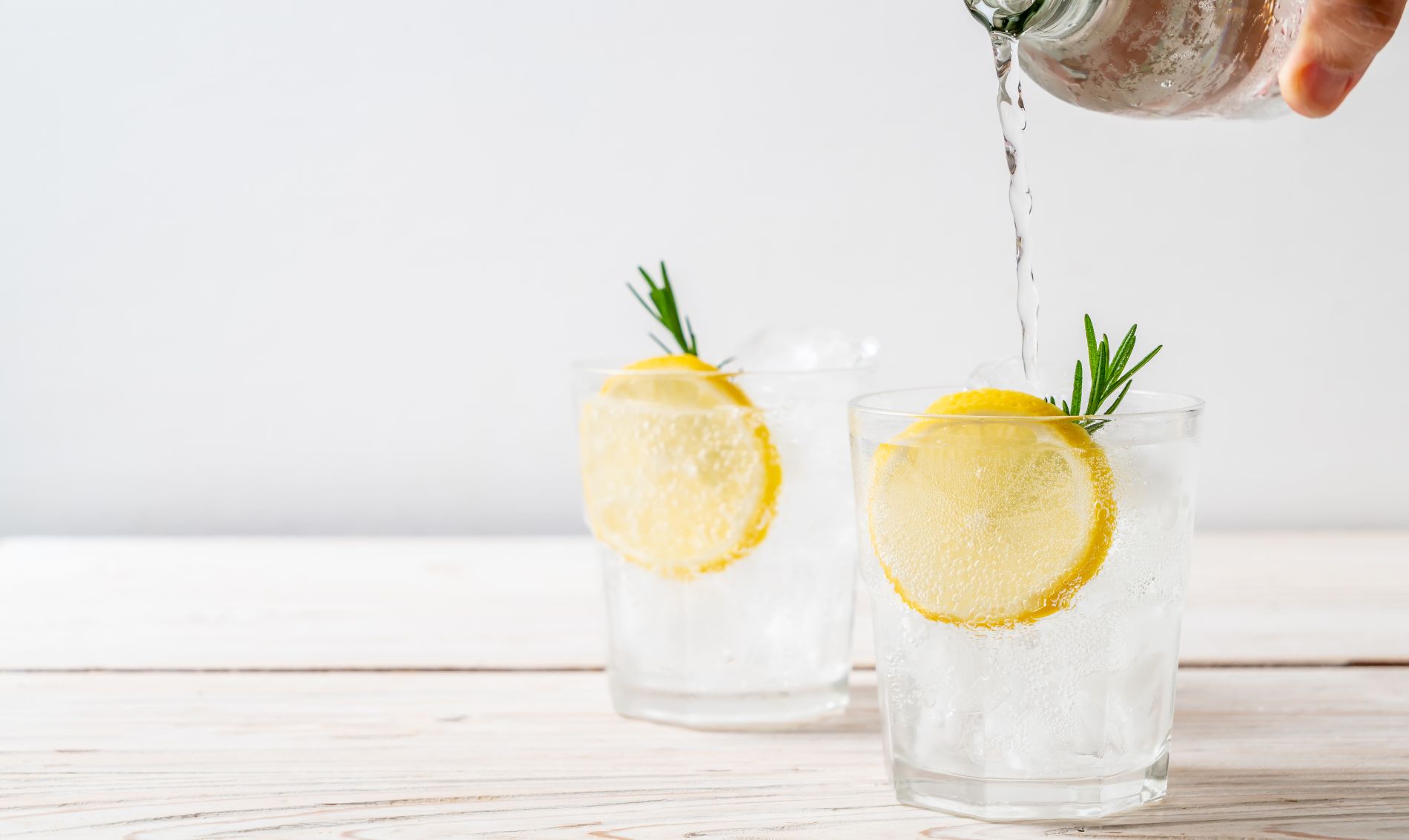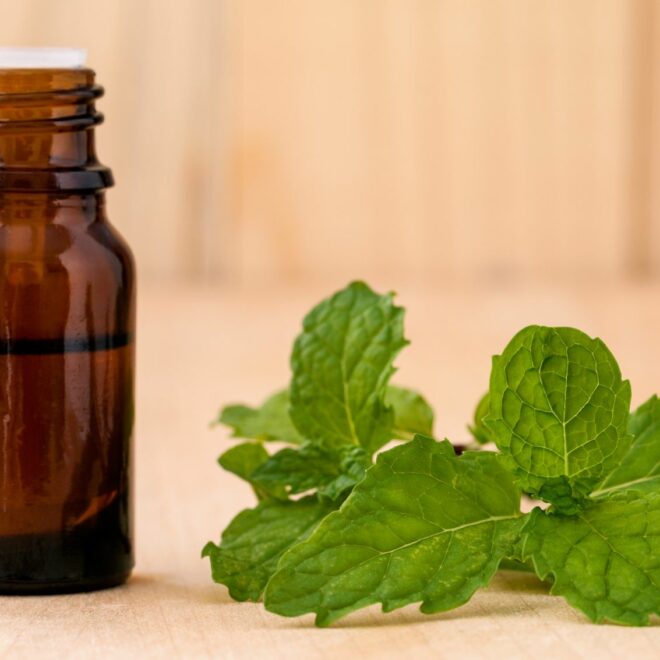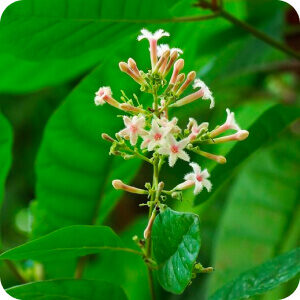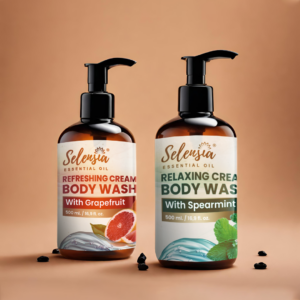Tonic water is a carbonated drink that features a particularly bitter taste, resulting from the presence of quinine which was historically employed for malaria treatment. Its usage shifted from a medicinal cure to a widely accepted mixer, solidifying its place in the creation of cocktails such as gin and tonic. The drink’s transitional significance from a health remedy to a fundamental fixture in mixology underscores its timeless charm and distinctive blend within the realm of medicine and beverages.
What is Tonic Water?
Definition and Overview
Tonic water is a type of carbonated drink noted for its specific bitterness because of the presence of quinine which is a strongly bitter substance extracted from the bark of a cinchona tree. Quinine was used in the past for its health benefits, mostly for curing malaria. We can understand the reason why tonic water is bitter by looking at its composition and for this reason Tonic Water is now consumed globally both as a drink and as a mixture in alcohols.The tonic water quenchers in the market serve to ease thirst as well as for flavor.
Common Uses
Tonic water is well known as an ingredient for various tonics and cocktails like Gin and Tonic or Vodka Tonic. Its bitterness and carbonation help tonic water and gin blend harmoniously giving an enjoyable drink. In as much as tonic water is used as an ingredient, it can be taken alone providing a soda like experience without sugar.
History
- Origin: The use of quinine dates back to the 17th century when it was recognized for its ability to treat malaria. British colonists in India mixed quinine with soda water and sugar to make the bitter taste more tolerable, leading to the creation of the first tonic water.
- Evolution: By the 19th century, tonic water had evolved into a popular mixer for alcoholic drinks, particularly in Europe and North America. It gained further traction in the cocktail culture, cementing its place as a staple ingredient in many beloved drinks today.
How is Tonic Water Made?
Key Ingredients
- Quinine: The defining ingredient of tonic water, quinine is extracted from the bark of the cinchona tree. This bitter compound was originally used for its medicinal properties, particularly for treating malaria. Modern tonic water contains minimal quinine—less than 83 mg per liter—ensuring that it meets safety regulations while still providing its characteristic bitterness.
- Carbonated Water: Carbon dioxide is infused into the water, creating the effervescence that makes tonic water a bubbly and refreshing beverage. The carbonation is key to its light, crisp texture.
- Sweeteners: To balance the bitterness of quinine, sweeteners are added to tonic water. These can range from natural cane sugar and high-fructose corn syrup to artificial sweeteners like aspartame or saccharin, depending on the brand and product type.
- Additional Flavors: Many tonic waters are enhanced with additional flavors such as citrus oils, elderflower, lemongrass, or ginger. These botanicals and fruit extracts add complexity and depth to the flavor profile, giving each brand a unique taste.
Production Process
The production of tonic water involves two main steps: carbonation and mixing. First, carbon dioxide is infused into the water, creating the characteristic bubbles that make tonic water effervescent. Next, syrups containing quinine, sweeteners, and additional flavors are blended with the carbonated water. This mixture is then carefully bottled, ensuring that each bottle maintains the right balance of ingredients.
Variations in Recipes
Commercial tonic water brands often prioritize cost efficiency, using artificial sweeteners and flavorings to keep production costs low. In contrast, artisanal tonic waters focus on higher-quality ingredients, using real quinine and organic botanicals to create a more natural and refined product. These variations in recipes result in a noticeable difference in taste, with artisanal brands offering a more complex and authentic flavor experience.
Health Benefits of Tonic Water?
Quinine’s Medicinal Role
Tonic water’s most notable historical feature is its quinine content. Quinine was originally used to treat malaria, a deadly disease caused by parasites transmitted through mosquito bites. The use of quinine as a medicinal remedy dates back to the 17th century when British colonists in India started mixing it with water and sugar to make it more palatable. Modern tonic water still contains quinine, but in much lower concentrations—typically less than 83 parts per million, in line with FDA safety guidelines. While it no longer serves as a primary malaria treatment, quinine in tonic water is still recognized for its medicinal properties.
Potential Benefits
Some people turn to tonic water to help alleviate nighttime leg cramps. The quinine in tonic water has muscle-relaxing properties, which may provide relief from the involuntary contractions that often occur during the night. However, it’s important to note that this benefit is anecdotal and not widely recommended by medical professionals due to potential side effects from the quinine. Therefore, while tonic water may offer temporary relief, it is not a medically advised treatment for leg cramps.
Considerations
While tonic water may offer certain health benefits, it is important to consider its high sugar content. Many commercial tonic waters contain between 130 to 180 calories per bottle due to the added sugars, which can make it a calorie-dense beverage. Those who are monitoring their sugar intake or managing conditions like diabetes should be cautious about consuming large amounts of tonic water. This sugary content may outweigh any potential health benefits for individuals who are mindful of their caloric intake.
Common Use of Tonic Water?
Cocktail Mixer
Tonic water is perhaps most famously used as a mixer in cocktails. It’s an essential ingredient in the classic gin and tonic, a drink that pairs the bitterness of quinine with the botanical notes of gin, creating a refreshing and popular beverage. Beyond gin, tonic water is also combined with vodka to make a vodka tonic, and it is often paired with other spirits such as tequila, brandy, and rum. The slight bitterness and effervescence of tonic water balance out the sharpness of these spirits, making it a versatile addition to a variety of mixed drinks.
Standalone Beverage
Tonic water is also enjoyed as a standalone beverage. Its unique bitterness, which comes from the quinine, appeals to those who prefer a more complex and less sugary soft drink. In addition to the original version, tonic water is available in a variety of flavored varieties, such as bitter lemon or lime. These variations offer a refreshing twist on the traditional drink and are popular on their own or used as mixers in lighter cocktails. Its crisp, fizzy quality makes it a refreshing choice for those seeking something different from typical sodas.
Culinary Uses
Beyond drinks, tonic water also finds its way into the kitchen as an ingredient in cooking. It’s often used in batters, particularly for frying seafood, giving the batter a light, airy texture thanks to the carbonation. Tonic water can also be incorporated into certain desserts, particularly those that use gin or other spirits, adding a subtle depth of flavor. Its effervescence and slightly bitter taste can elevate dishes, adding an unexpected twist to both savory and sweet recipes.
Conclusion
Tonic water, with its distinct bitterness and effervescence, has evolved from a medicinal drink into a versatile and beloved beverage, making its mark both in the world of cocktails and as a standalone refreshment. Originally used to treat malaria, the key ingredient quinine still defines its unique flavor, though in much lower concentrations than its historical medicinal use. Today, tonic water plays a crucial role in the creation of classic cocktails, such as the gin and tonic, and continues to be appreciated for its crisp, refreshing qualities. Beyond its use in drinks, tonic water finds its way into culinary applications, enhancing both savory and sweet dishes. Despite its health benefits, including its potential to relieve leg cramps, it is essential to consider the calorie content of commercial varieties, particularly those high in sugar. Whether as a mixer, a refreshing beverage, or a culinary ingredient, tonic water remains a timeless and intriguing drink with a rich history and a wide range of uses.











